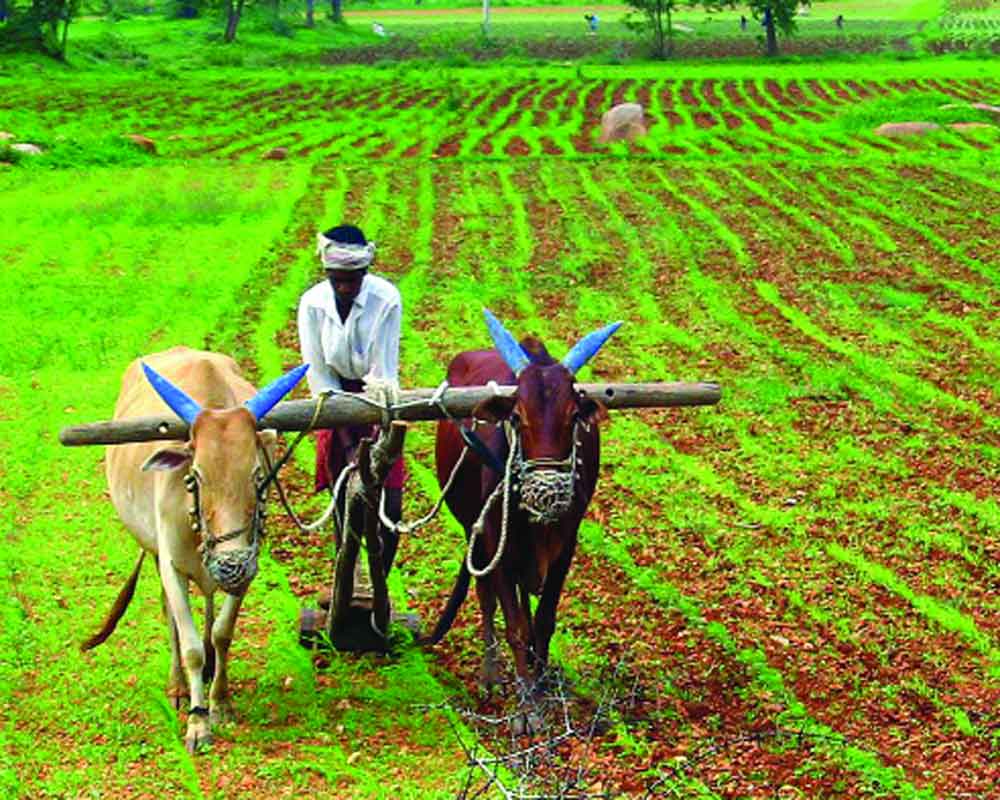In the face of challenges posed by soil erosion, water scarcity and ecological imbalance, farmers worldwide are turning to Conservation Agriculture
To fulfil the demands of the expanding global population, farmers must overcome obstacles such as soil erosion and water loss from conventional agricultural production. Conservation Agriculture (CA) makes effective use of natural resources to provide a sustainable solution. CA techniques raise revenue, boost resource efficiency, and enhance soil fertility. A traditional farming method called tillage involves adjusting the soil by ploughing, harrowing, and ploughing to attain the ideal tilth and friability.
Despite its advantages, tillage faces problems such as declining soil fertility, ecological imbalance, loss of sustainability, and water scarcity. Among its disadvantages are the depletion of soil organic matter brought on by exposure to air and sunlight, the breakdown of soil aggregates more frequently, soil erosion, increased production costs as a result of fuel consumption and wear and tear on machinery, and greenhouse gas emissions from the burning of fossil fuels, which contribute to global warming. Sustainable farming strategies, which preserve resources without endangering the environment, have been introduced in response to the negative effects of conventional agricultural processes.
CA eschews ploughing and other soil disturbance practices in favour of little soil mechanical interference. With the use of sophisticated zero-tillage seeders known as zero ferti-cum-seed drills, crop seeds are directly dispersed into undisturbed soil. Herbicide application and weed-slashing/rolling are part of land planning. Organic agricultural leftovers are more likely to be deposited on untilled fields, where they form mulch that protects the soil from wind and rain, evens out soil temperature, and encourages the growth of microorganisms. This strategy distributes the best use of goods and services with less expensive production, lowering the usage of fossil fuels and greenhouse gas emissions.
The main goals of conservation agriculture are to maintain a permanent organic soil cover to shield against the damaging effects of sunlight and rain, to supply nutrients for the quick growth of soil micro- and macroorganisms, and to modify the soil’s microclimate for ideal development.
However, since burning or removing leftovers can hurt the fertility and health of the soil, residue management poses a threat to crop output in India. In CA, crops are rotated sensibly to give soil fauna and microflora a varied diet and to take advantage of soil strata for the cycling of nutrients and water. More diversified crop rotations encourage stable root channels and macropores, optimal water infiltration and a decrease in insect incidences.
Crop rotation, organic residue integration, and tillage technique modifications can significantly impact soil fertility by increasing soil aggregate and nutrient availability. Organic crop residue management raises soil microbial biomass and nitrogen levels compared to no-till systems. CA is a sustainable crop-production technique that reduces soil erosion, water and land degradation, and dependency on foreign inputs. By using less petroleum, CA enhances ecosystem quality and soil and water quality, reduces greenhouse gas emissions, and helps reduce global warming and air pollution. It also reduces labour, time and production expenses for farmers.
To encourage CA adoption, farmers, researchers, and technicians must change their perspectives on sustainable production strategies, such as minimal or no tillage combined with proper residue management. Socioeconomic barriers to CA adoption include inadequate residue management and sowing device selection. Farmers often burn leftover crop residue during crop rotation, contributing to environmental degradation and loss of sustainability.
(The author is an assistant professor at Agronomy College of Agriculture and Environmental Technology Surajmal University; views are personal)


























